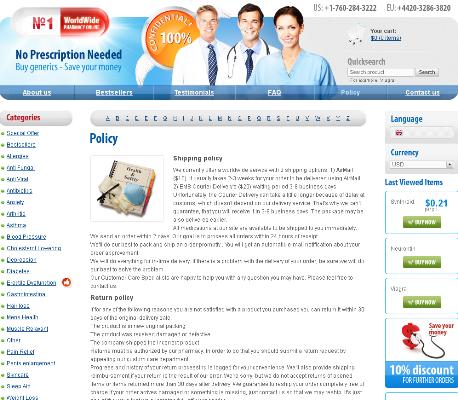Methocarbamol: Common Side Effects Explained
What Is Methocarbamol and How Does It Work
Methocarbamol is a prescription muscle relaxant often used to treat muscle spasms and pain, frequently caused by injuries or musculoskeletal conditions. Unlike medications that act directly on the muscles, methocarbamol works primarily within the central nervous system. By disrupting nerve signals that trigger muscle stiffness and discomfort, it helps promote relaxation and relief.
This medication doesn't replace rest or physical therapy—rather, it's used alongside them to speed up recovery. Patients notice its effects when muscles become less tense and movement gets easier. Doctors typically prescribe methocarbamol for short-term use, as part of a wider pain management plan.
Understanding how methocarbamol works can empower patients to use it safely. Its fast-acting properties make it a popular choice for acute pain, especially after strains or sprains.
| Property | Description |
|---|---|
| Drug Class | Muscle relaxant |
| Common Use | Treats muscle pain and spasms |
| Administration | Tablet, injection |
Drowsiness: the Most Common Side Effect

After taking methocarbamol, many people notice a feeling of sluggishness or fatigue creeping in. This medication works by acting on the central nervous system to relax muscles, but the same action can slow down your mental and physical response times. If you find yourself feeling unusually sleepy or having trouble staying alert during the day, it’s likely tied to the effects of the drug.
Because of this, it’s wise to avoid driving or operating heavy machinery until you’re sure how methocarbamol affects you. People respond differently, so even a mild dose may cause notable tiredness. Always talk to your doctor if drowsiness disrupts your daily routine.
Dizziness and Coordination: Safety Precautions Needed
For many people taking methocarbamol, the sensation of being "off balance" may surface early in treatment. Even simple daily tasks can feel unexpectedly challenging, particularly when standing up quickly or moving around. Some individuals report a mild unsteadiness, while others notice their reflexes seem slower than usual. For your safety, avoid activities that require full alertness—such as driving or using heavy machinery—until you know how methocarbamol affects you personally. Caution ensures you stay safe as your body adjusts.
Upset Stomach and Digestive Discomfort Explained

Some people notice their stomach feeling a bit off after taking methocarbamol. Nausea or a bloated sensation may arise, and mild cramping is also possible. These digestive discomforts are generally temporary and mild, often resolving without medical intervention. Taking methocarbamol with food or a light snack can help lessen any upset. Occasionally, diarrhea or even constipation might occur, adding to the list of potential, though uncommon, side effects. Staying hydrated and eating bland foods can further support digestion during treatment. However, if any stomach symptoms become severe or do not improve over time, it’s wise to consult your healthcare provider for guidance.
Allergic Reactions: Signs and When to Seek Help
Some people may notice unusual symptoms shortly after taking methocarbamol, such as swelling, rash, or trouble breathing. While mild itching might feel harmless, a sudden swelling of lips, tongue, or throat requires immediate medical help. Allergic reactions can appear quickly and escalate fast. Remember, these symptoms are rare, but it's crucial not to ignore them. If you experience skin hives or difficulty swallowing, stop oral methocarbamol and reach out to a healthcare provider right away.
| Sign | Action Needed |
|---|---|
| Rash or Hives | Contact a doctor |
| Difficulty Breathing | Seek emergency help |
| Swelling of face/lips/tongue | Seek emergency help |
Interactions with Other Drugs and Alcohol Risks
When taking methocarbamol, it’s important to remember that this medication can interact with a variety of other drugs. Combining methocarbamol with certain medications—such as sedatives, sleep aids, or anti-anxiety drugs—can intensify feelings of drowsiness or dizziness, increasing your risk for accidents or injuries. Always check with your healthcare provider before adding new prescriptions or over-the-counter products.
Alcohol poses an additional risk when mixed with methocarbamol. Drinking can amplify the muscle relaxant’s sedative effects, making you feel excessively sleepy or impairing your coordination further. Even small amounts of alcohol may pose dangers, so medical experts strongly recommend avoiding alcohol entirely during methocarbamol treatment.
Some cold and allergy medications also intensify side effects by interacting with methocarbamol. Keep your doctor informed about all supplements, herbal products, and other medications you use, so they can help ensure your treatment stays safe and effective. Your pharmacist can also be an excellent resource for advice on potential interactions.

